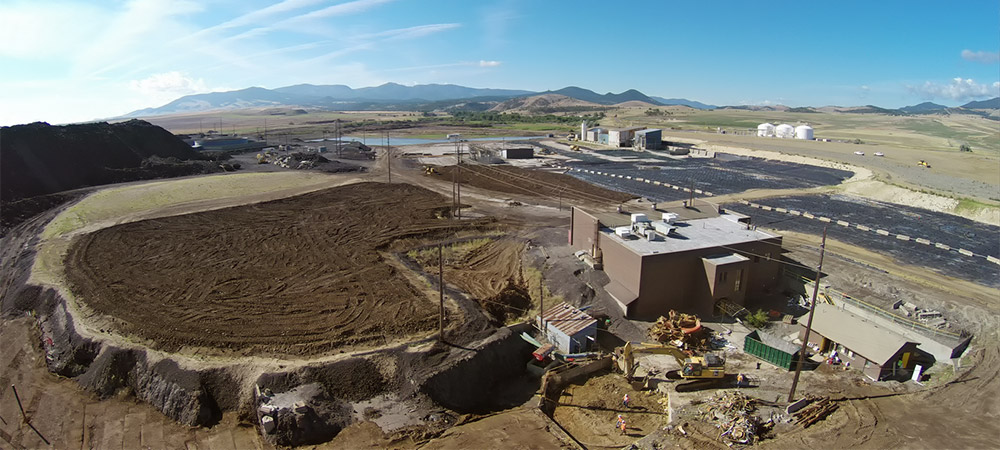The East Helena Site has undergone many changes over the past 20 years due to remediation activities and the 2001 plant shutdown.
Some of these remedial activities included:
The existing site infrastructure, including plant site structures, ground surface conditions and underground utilities, may have implications for surface water/groundwater flow, contaminant transport, and access for sample collection and testing at the site.
Since 2005, the EPA (NRMRL Ada, Oklahoma) has been conducting a pilot study for in-situ groundwater treatment using Permeable Reactive Barrier (PRB) technology. The pilot-scale study uses zero-valent iron in the PRB in treating arsenic-contaminated groundwater.

